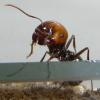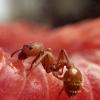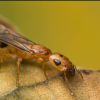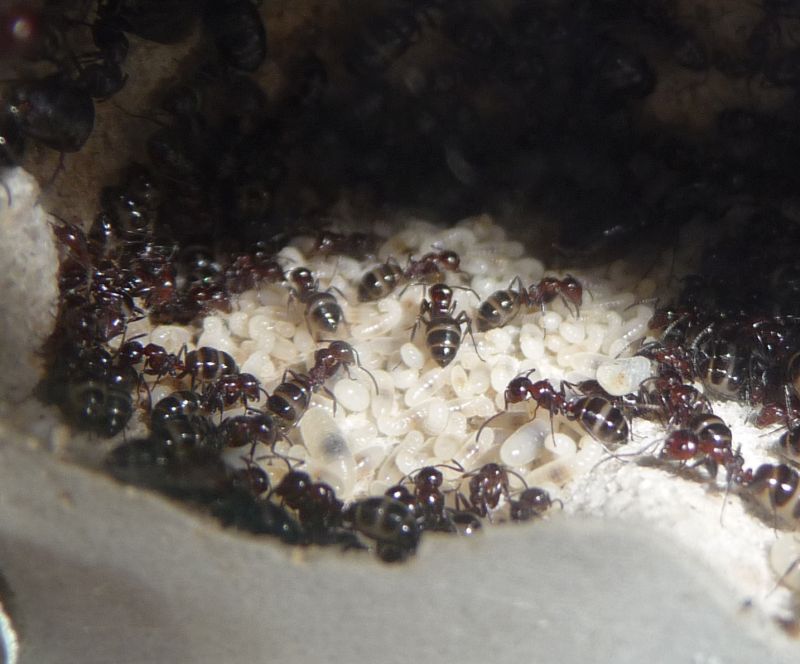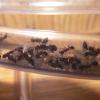The colony is in diapause now (or so I thought).
I do not think they have grown anymore since the last pupae enclosed in September. But as stated above, they might be ready for their XL Mini Hearth upgrade next year.
Not much is happening (these are Camponotus, they love nothing more than sitting around), so I only updated when I thought something was worth sharing.
"Recycling" of the Messor alates- my Messor colony produced their first queen alates this year. I decided to share these around. As per usual with insect food, I freeze them to kill humanely and then shortly dip them in boiling water. The Messor colony is healthy, so I do not expect too many issues. Plus, ants eat other ants all the time. There are even ants specialized in hunting other ants.
These Camponotus were very interested in their royal dinner, not sure why, they only have the small diapause rested larvae left and as far as I understood, these won't develop before next spring.


